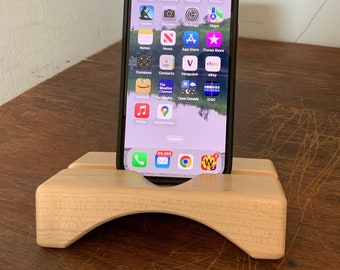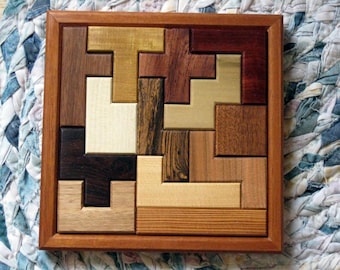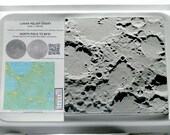Reviews
-

SK on Jun 20, 2015
5 out of 5 starsAmazing amplifier ! IT WORKS & LOVE it !THANK YOU so much for your professional support !
-

catchd7 on Mar 8, 2015
5 out of 5 starsWorks perfectly, feels great, handsomely made. Thank you very much! :)
-

-

Kelly on Dec 30, 2014
5 out of 5 starsI'm very pleased with my decision to purchase this as a Christmas gift for my father. Shipped right on time, is absolutely beautiful and works great! I'm so glad I found this and plan on ordering more. Thank you Mr. Fink for making such an awesome product!
-

-

-

-

Shop policies
Accepted payment methods










